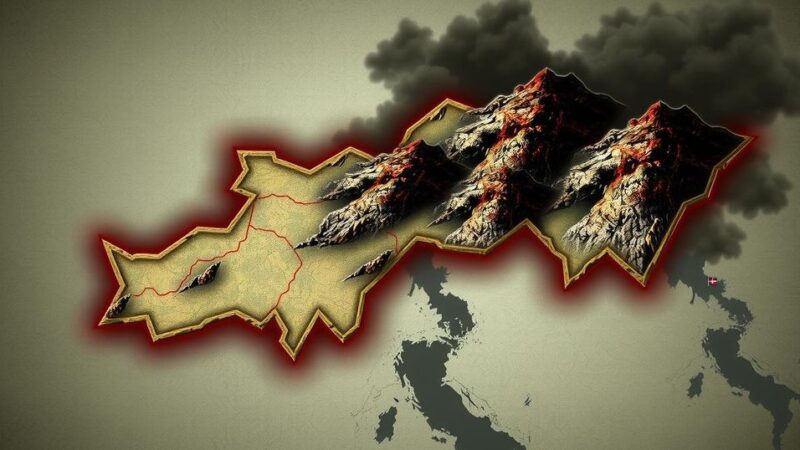On October 14, an earthquake measuring 5.5 on the Richter scale struck off Easter Island, causing alarm but no reported damage. The event, confirmed by the USGS, adds to the worrying global trend of increasing earthquake occurrences. This year has already seen many significant seismic events, emphasizing the need for preparedness and awareness.
On Monday, October 14, a notable seismic event occurred off the coast of Easter Island, registering a magnitude of 5.5 on the Richter scale according to the United States Geological Survey (USGS). The earthquake struck at 4:18 AM Indian time and was recorded at a depth of 10 kilometers. Although the tremor instigated widespread alarm among residents, fortunately, there were no reported casualties or material damage as a result of this incident. This event adds to the growing list of seismic activities observed globally, a phenomenon that has become increasingly prominent in recent years. Daily occurrences of earthquakes are reported in various regions, and certain days witness multiple seismic events. Despite the alarming frequency, not all earthquakes result in devastation. Nonetheless, recent earthquakes—particularly in regions such as Turkey, Syria, Morocco, Afghanistan, Nepal, and China—have inflicted significant destruction, raising concerns about seismic activity worldwide. The USGS has been actively monitoring earthquakes and continues to provide essential data on seismic activity in vulnerable areas. The situation underscores the importance of preparedness and awareness in communities susceptible to earthquakes.
Earthquakes have seen a marked increase in frequency globally, raising concerns among scientists and communities alike. Seismic activities are typically measured using the Richter scale, which quantifies the energy released at the source of the earthquake. Areas like Easter Island, which is politically aligned with Chile but located far off its continental coast, are particularly susceptible to such seismic activities due to their geological makeup. This phenomenon has profound implications for disaster preparedness and response strategies in affected regions, particularly those with a history of seismic events causing catastrophic damage. Understanding the dynamics of seismic activity is crucial for improving resilience in at-risk communities.
In summary, the recent earthquake near Easter Island, measuring 5.5 in magnitude, is a reflection of the rising global incidence of seismic events. While this particular tremor resulted in no harm to individuals or property, the broader trend of increasing earthquake occurrences warrants urgent attention and action regarding preparedness and mitigation strategies. Local and global agencies like the USGS continue to monitor these events to ensure that populations can better withstand the challenges posed by natural disasters.
Original Source: www.patrika.com






